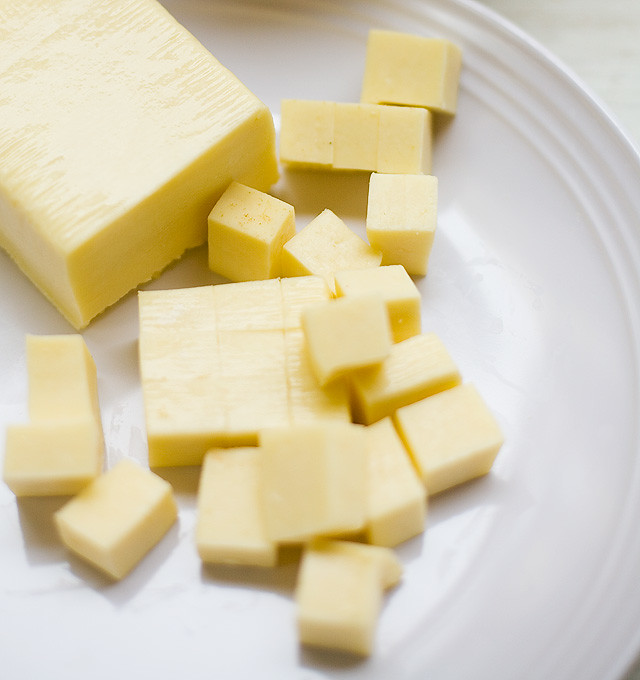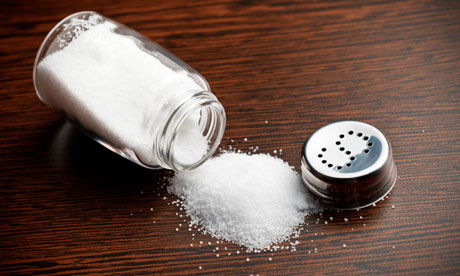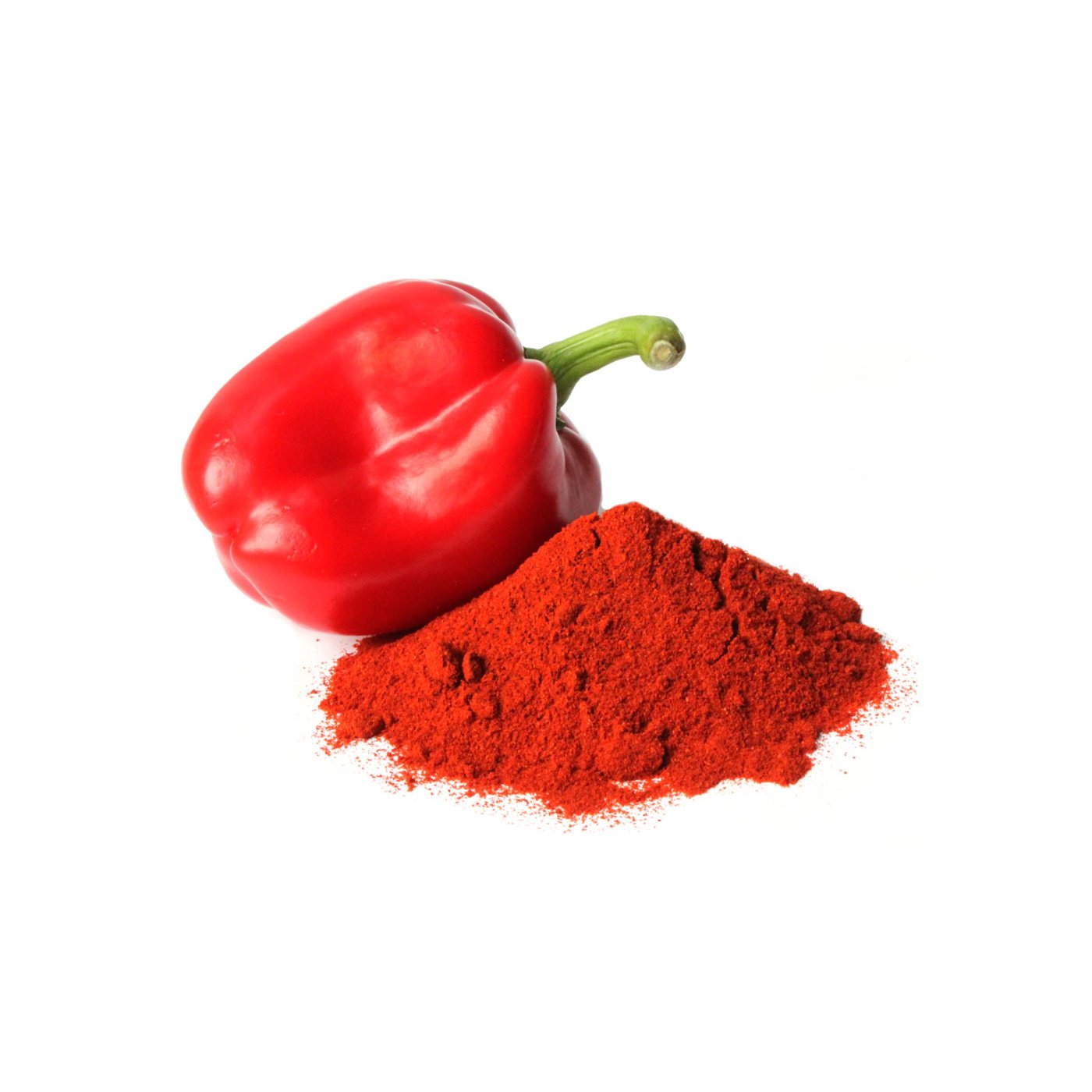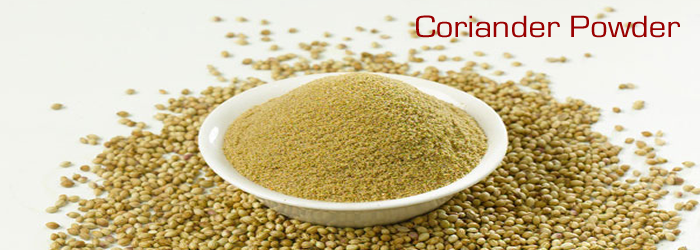
Heavy cream, also called heavy whipping cream, is whipping cream with a milk fat content of between 36 and 40 percent. Whipping cream will double in volume when whipped. Heavy cream is not the same as the British double cream. Double cream has 48% butterfat, 8% higher than the highest-fat cream available in the United States.
Ingredient
Season: available year-round
How to store: All cream, unless ultrapasteurized (briefly heated to 149°C/300°F and then cooled), is highly perishable and should be kept in the coldest part of the refrigerator.
How to prepare: Unpasteurized, unhomogenized cream whips much easier than pasteurized or pasteurized & homogenized cream. The colder cream is to start, and the colder it stays as you whip it, the easier and better it whips. If it is not cold enough, it doesn’t "whip," it "churns" (no air is incorporated) which makes butter. When whipping cream, add the sugar when the cream is mostly whipped, and the cream will whip to a higher volume. Adding the sugar at the beginning results is lower volume.
Substitutions: To equal 1 cup of heavy cream, use 3/4 cup milk + 1/3 cup melted butter. Not for whipping, only for cooking.




